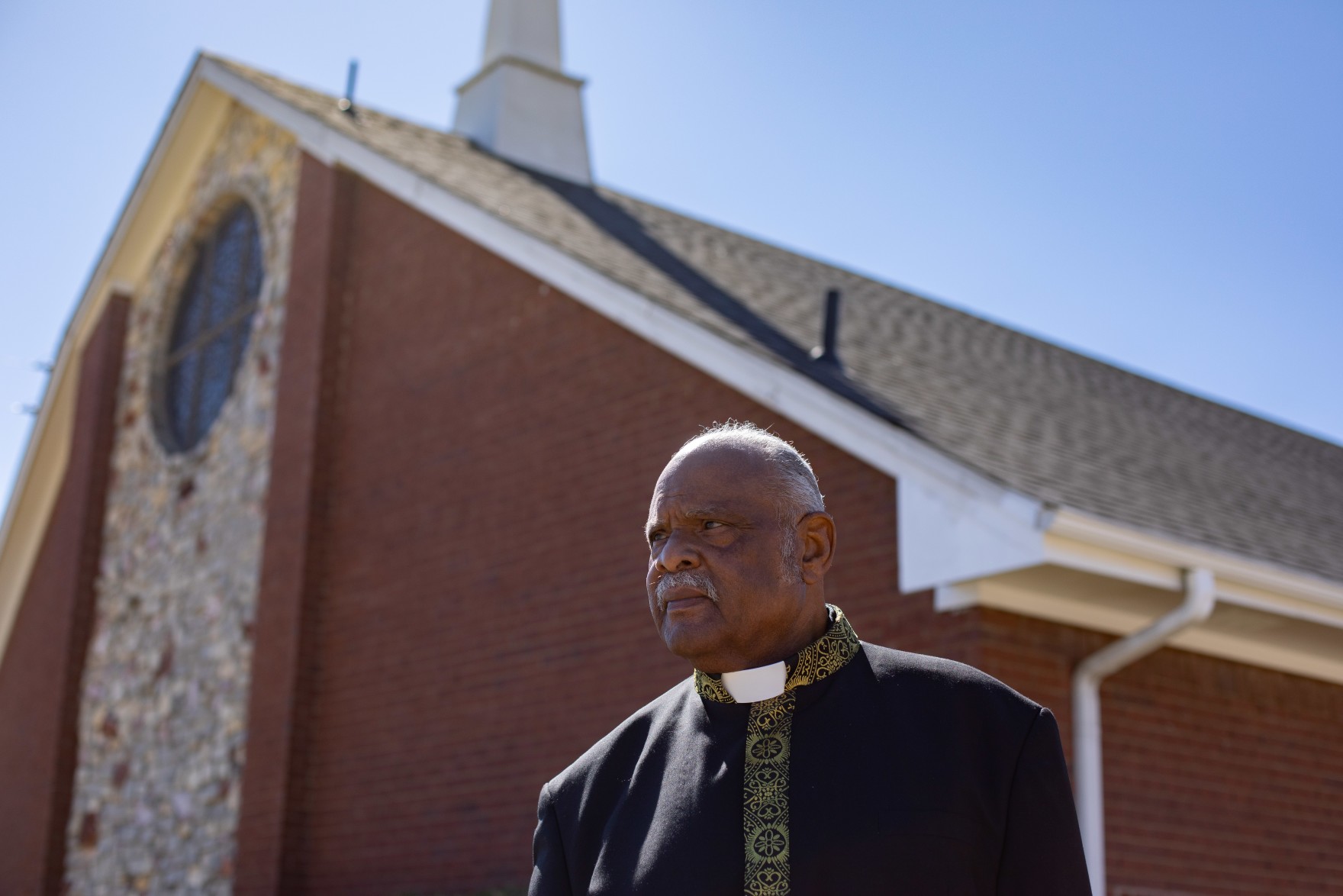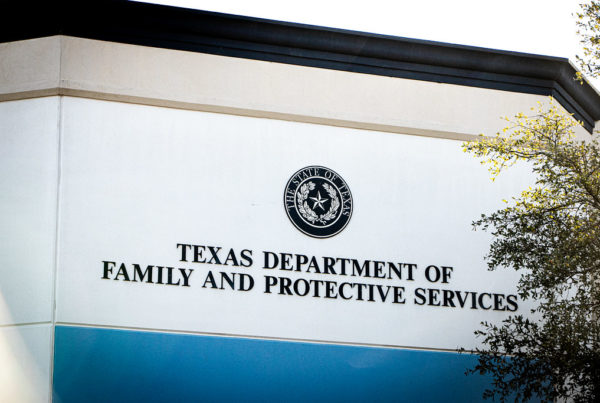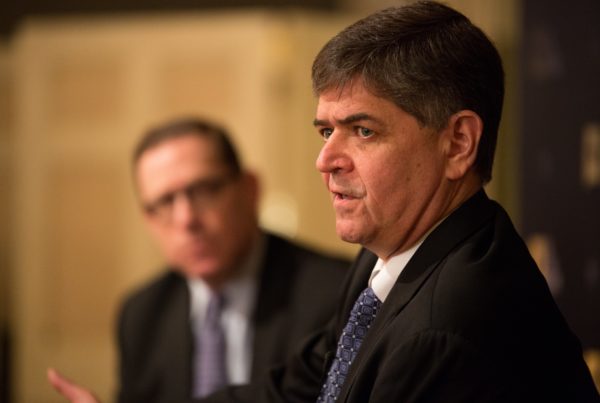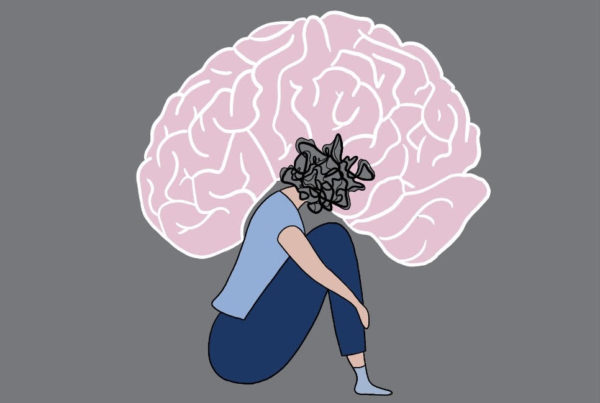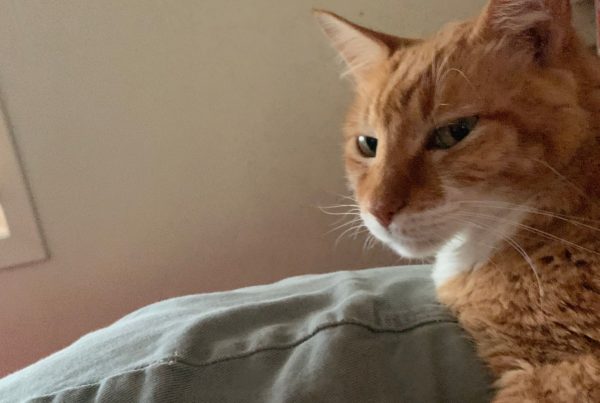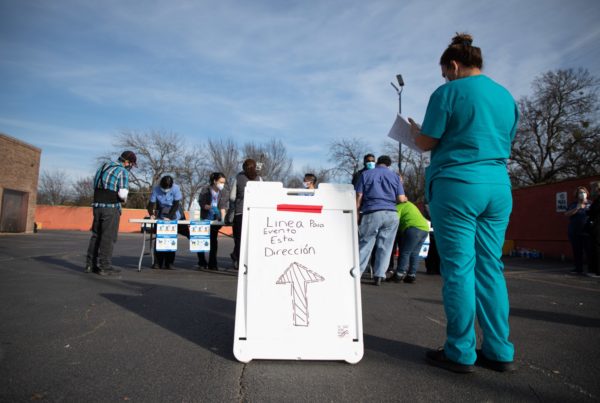From KERA:
For many during the pandemic, just paying the bills can be a daunting task. Unemployment, medical bills and limited coronavirus aid have made it difficult to stay afloat.
Facing limited support from traditional assistance programs, some North Texans have turned to resources like the “benevolence fund” from The Church Of The Living God in Oak Cliff.
It’s a pool of donations that goes towards paying off basic expenses, everything from medical bills to rent, utilities or car payments for folks who need a little help. The fund also pays for food, clothing and household items for the community, through a partnership with World Vision, a Christian humanitarian aid organization that works internationally.
But in the last year, Bishop Harold Edwards said his church has had to pull back the services provided through the fund.
“That fund has dropped tremendously during this pandemic. So we’ve had to limit our distribution of benevolent funds to membership only,” he said. “We try to help everybody we can but because of limited resources, we’ve had to reduce our contributions to those who are a part of our congregation.”
Since they were established, Black churches in the U.S., like The Church of the Living God, have served as much more than places to attend Sunday service. They’re trusted spaces that have economically empowered Black communities for generations, in times of crisis and in the face of discriminatory practices that excluded them from traditional financial services.
Amid the pandemic, when Black communities have been disproportionately hard-hit, their role is especially critical.
“The pandemic certainly has affected attendance and membership,” Edwards said. “Attendance affects contributions toward the church.”
The Church of the Living God has seen about a 25-35% overall decline in giving, which started about six months into the pandemic. It didn’t apply for federal aid and was forced to make other cuts.
Staff hours and salaries had to be reduced, with Bishop Edwards himself taking a $6,000 pay cut. African American pastors are three times more likely to say they had to cut staff pay and benefits or remove entire positions compared to other Protestant pastors in the U.S., according to a 2020 Lifeway research survey.
The church also halted a $1.2 million renovation program. Instead, it’s directing its focus towards pandemic-driven needs: $15,000 in equipment to enhance the digital worship experience and cleaning fees to completely sanitize its chapel after every service.
“My slogan is that it takes money for ministry, and I understand that fully well,” Edwards said. “It’s not cheap to buy the equipment to do the streaming that you need, to continue to have the personnel that you need to do the work that you’re trying to do by social media.”
Other churches like Greater Cornerstone Baptist Church on Forest Lane in Dallas have largely been able to maintain the status quo. Before the pandemic, more than 700 people attended Greater Cornerstone in-person. The church is seeing roughly the same number of people on their live streams.
Still, donations have been impacted.
“We’ve taken a hit and I believe everybody has,” said David Wilson, who’s been the church’s senior pastor for more than 33 years.
View this post on Instagram
Nevertheless, he wants to continue providing scholarships this year. Youth ministries are a central focus of Greater Cornerstone’s work, though it supports other services as well. Wilson emphasizes that an investment in the future of children is an investment in the future of the Black community.
“Our children are not only our future, but if we are to have a future, our children present an opportunity to us right now,” he said. “It is our responsibility to help them believe in themselves and help them have the courage to take on those systems and make the change.”
In addition to daycare, the church provides tutoring for students, vacations during the summer, an annual trip to visit Historically Black Colleges and Universities (HBCUs) and scholarships. They also offer a parenting ministry with computer lab lessons and home buying seminars.
The support doesn’t stop when they head off to college. Wilson said he sends scholarship recipients money for food and books, in addition to calling them up to make sure they’re staying on track.
Wilson said traditionally, only a small percentage of his members have provided the major funding needed to pay for the bulk of church expenses. That’s even more apparent during the pandemic.
“I thank God for that small percentage that has been faithful,” he said. “Those who were giving prior to [the pandemic] have maintained that practice of giving.”
People who were only able to give a little from time to time are now mostly unable to give anything at all, Wilson said.
Wilson also serves as the president of the Interdenominational Ministerial Alliance, a coalition of over 100 Black churches in the Dallas area. He said they do the best they can to help one another, not only spiritually but financially, in the small ways that they can.
“Sometimes needs are greater than we are able to do. But I thank God that there is a great coalition of churches, that we can come together and just share our pennies to help one another.”
The digital divide
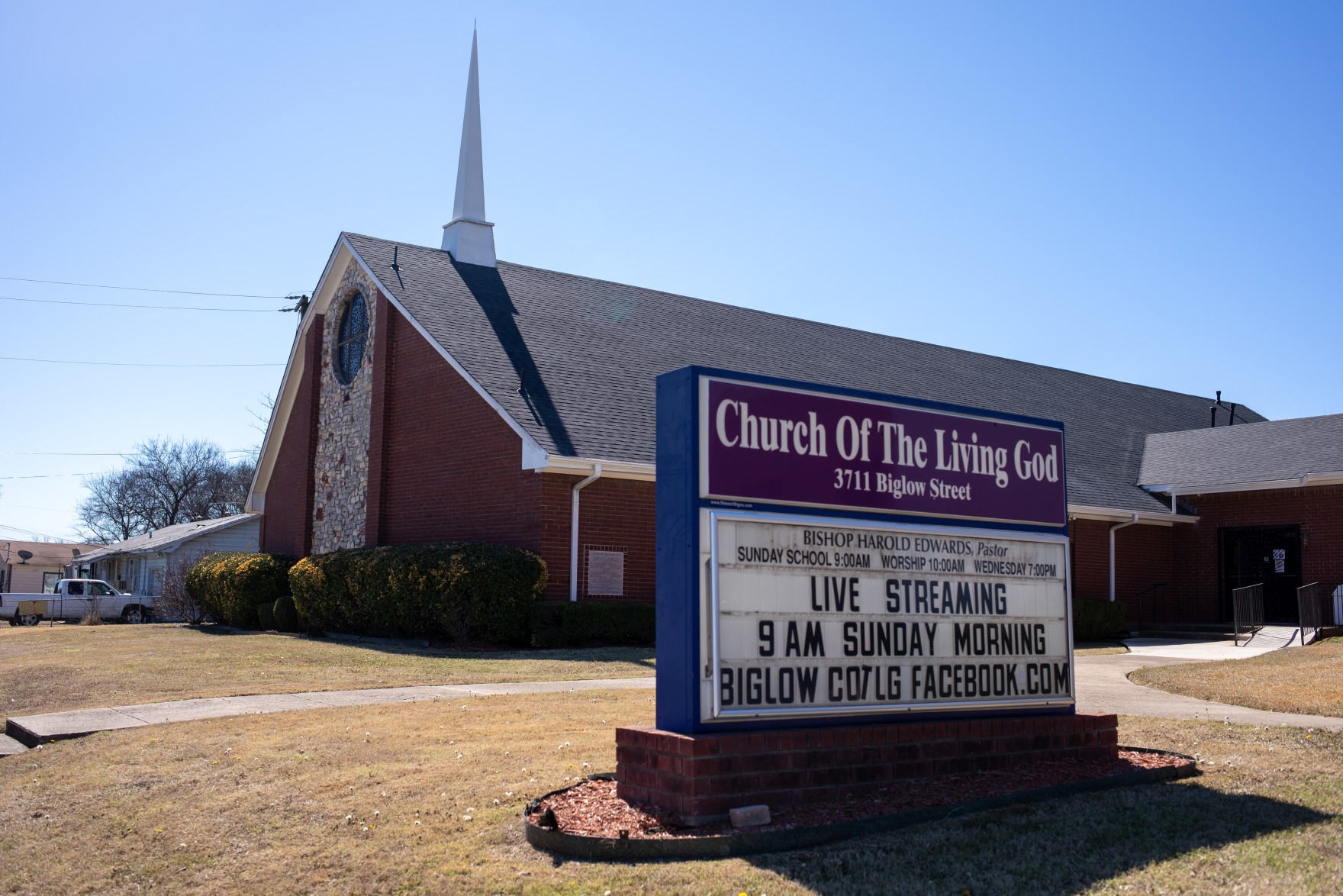
A sign in front of the Church of the Living God promotes its Sunday morning service that’s livestreamed on Facebook. During the pandemic, the church has invested in equipment to improve its digital worship experience.
Harrison Blair, president of Dallas’ Black Chamber of Commerce, said digital infrastructure has been the most significant factor in determining how Black churches in North Texas have fared.
Church services are being streamed on Facebook Live and YouTube, while Bible studies are being hosted on platforms like Zoom. Fellowship has also been reimagined, happening in the comment section of Facebook or on new social networking apps like Clubhouse.
“If you weren’t already online, if you weren’t already really used to this digital space, your church didn’t do as well,” he said. “If you were really used to the digital space and you’re really tech-savvy, you have a much higher chance of surviving the pandemic.”
For churches that already had a digital footprint, Blair said there’s been roughly a 10% increase in giving, according to preliminary survey results of over 100 Black churches in North Texas. But for those struggling to make the switch to digital, contributions have dropped about 30%. A handful of churches have shuttered their doors because they couldn’t make their mortgage payments.
Like so much in the digital world, it’s a struggle for people’s attention, especially for medium and small churches.
“They’re also competing in a world where if you do manage to get online, you now have to compete with that megachurch,” he said “If your service isn’t going well, they’re just going to click over to that next church service.”
Blair said he’s noticed the switch has been difficult for many churches with aging congregations, where both congregants and church staff may not be familiar with these digital platforms. While a few have been able to make the transition to digital platforms, others are missing out — and it’s difficult to see how they might recover.
“If your church does not thrive in that kind of technology, you’re not comfortable with it, you’re missing a huge opportunity for growth,” he said.
On a broader scale, the proportion of Black churches who are equipped to collect donations digitally is less than the average for U.S. Christian congregations in general. About 46% of all American churches have online giving compared to 31% of Black churches, according to the 2018 National Study of Congregations’ Economic Practices.
Blair said churches who don’t have or can’t afford this digital infrastructure are missing out on opportunities to attract new members who aren’t local, and leverage digital payment platforms.
Apps like Zelle, PayPal, CashApp, Venmo and Pushpay are the new collection plate. While online payment platforms were already gaining widespread popularity, they’re now a must.
The Church of the Living God has a donate button on their website that directs people to Zelle or Paypal, but they also allow members to send in paper checks. Greater Cornerstone also has a mail-in option, but uses platforms like PayPal and Givelify as well.
Blair said he expects this digital divide among churches — and their giving — to grow wider during the pandemic. Even as the pandemic subsides and large in-person gatherings return, he said maintaining an online presence will still be a top priority.
“I don’t see church going back to what it was before,” he said.
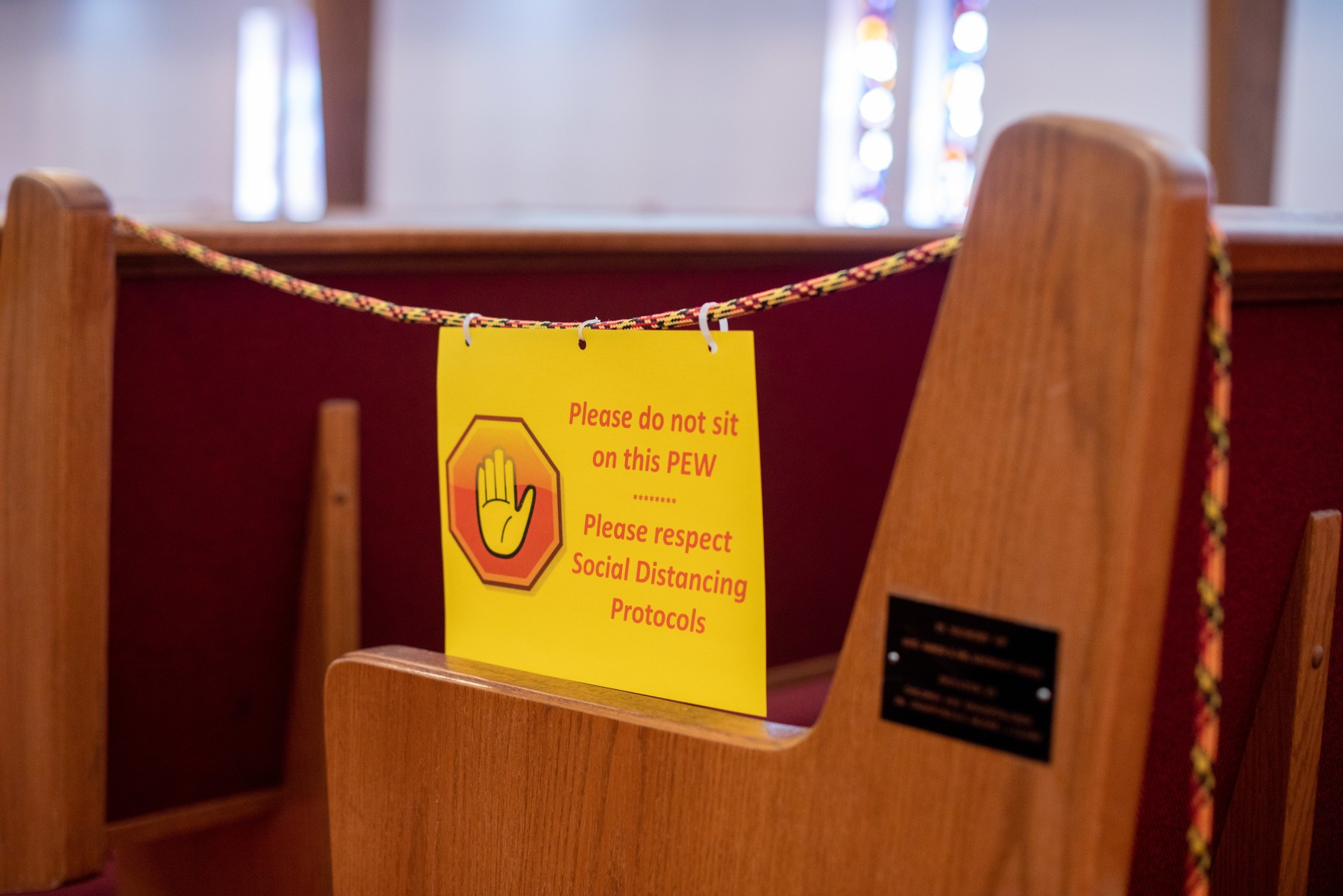
Attendance at The Church of the Living God has declined during the pandemic. A few attend smaller, socially-distanced in-person services at the church. The rest of the congregation watches livestreamed services.
The Black church is also a space where trust lays the foundation for entrepreneurship and advocacy.
“Trust is so huge, I mean, you’re putting your soul on the line, this place is all about your ethos, what will happen to me in the end, what will happen to my soul,” he said. “So if I can trust these people with my soul, then you can imagine all the other types of social services, the types of work that you can get done and provided through this particular space.”
Blair recalled how his childhood church helped his father launch a small newspaper business. Once when the business was having a tough time, he said the pastor called his family into his office, prayed for them and provided resources like staff to help them automate their business. With the church’s support, the business eventually took off.
While it’s been challenging, Pastor Edwards is hopeful things will improve. Financial records show giving appears to be increasing again. Online services are bringing in viewers from other parts of the country and world.
Ultimately, virtual church and the switch to digital services has helped keep the tradition alive. But not everything can be replaced, especially the atmosphere and energy of gathering together.
“That’s what I miss most about the church is to see the people that I serve on a weekly basis,” he said. “I’m used to shaking hands and hugging and touching little Johnny on the head and asking about little Sue and how she’s doing in school.”
Edwards just hopes all of his members will return to in-person services for one of the most prized yet elusive currencies during the pandemic: personal interaction.
Got a tip? Email Elizabeth Myong at Emyong@KERA.org. You can follow Elizabeth on Twitter @Elizabeth_Myong.


